Till there is a signed agreement between India and China on the logistics of a retreat in Ladakh, not much can be said
Both India and China have agreed to a three-phase plan for disengagement in eastern Ladakh though the specifics are yet to be laid out and committed to. So, there’s still a lot left for interpretation and one wonders if all these are mere optics and meant to pander to domestic opinion by both Governments without each appearing either coerced or compromised. Both armies will supposedly move back armoured vehicles, including tanks and personnel carriers, from the Line of Actual Control (LAC). Also, Chinese forces will vacate their existing positions and return to the Finger 8 region on the North Bank of Pangong lake. And India, too, will return to its positions, prior to the clashes, at the border. Indian and Chinese militaries have agreed on a joint mechanism to verify the progress in the disengagement process through delegation meetings as well as using Unmanned Aerial Vehicles. While all this may sound agreeable, it is still too early to trust the dragon, especially after what happened on June 15 in the Galwan valley, the clash that killed 20 Indian soldiers. That, too, happened in the name of ensuring status quo by China. Besides, with Beijing adamant about reclaiming positions from 1959 and denying India any strategic advantage with revamped border infrastructure, this may be just papering over a faultline. Since 1981, dialogues have continued at different levels while around 22 rounds of talks have taken place at the level of Special Representatives since 2003. And we are still where we started.
Both sides have reasons to de-escalate at this point in time. The harsh winter would stretch out men and resources in sub-zero, high altitude climes on both sides. India, which is dealing with the pandemic and a battered economy, can’t afford to devote significant resources to the military. On the other hand, the Chinese Government wants to focus on its growing GDP, the only economy to register a growth in a bad year, and consolidate its gains than bleed them out. But as always there’s a caveat and condition that the Chinese use as an excuse to continue their depredations. In September, the Chinese Communist Party mouthpiece Global Times noted that the implementation of the agreement depended on whether India would keep up its end of the bargain. And on November 12, it claimed that reports of India and China having finalised a detailed disengagement were “inaccurate” at this stage. Till there is a signed agreement between the two sides on the logistics of the retreat, not much can be said. For now, we have to be rightfully cautious.
Courtesy: The Pioneer







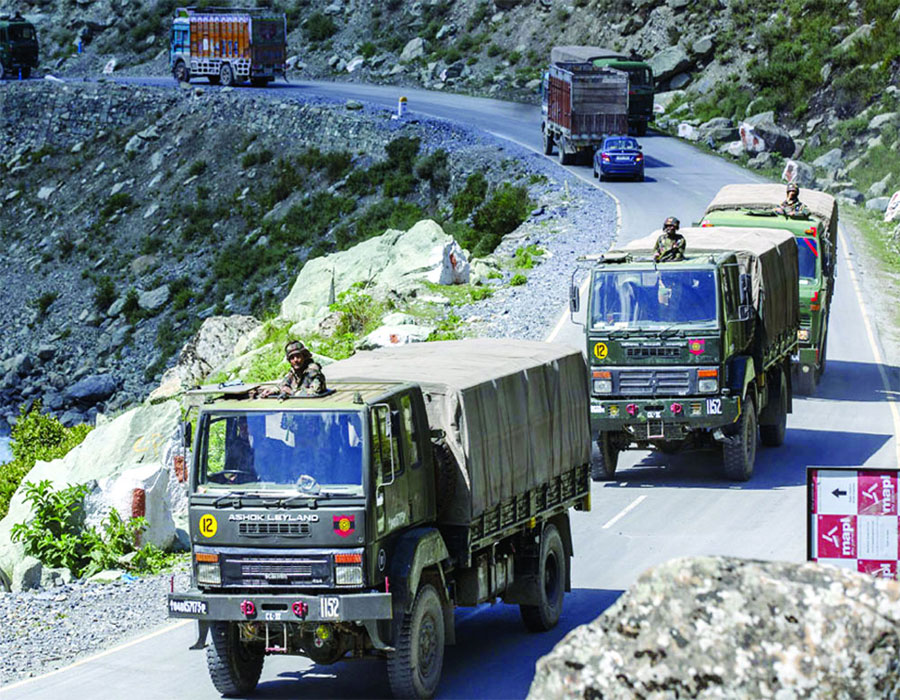
 OpinionExpress.In
OpinionExpress.In
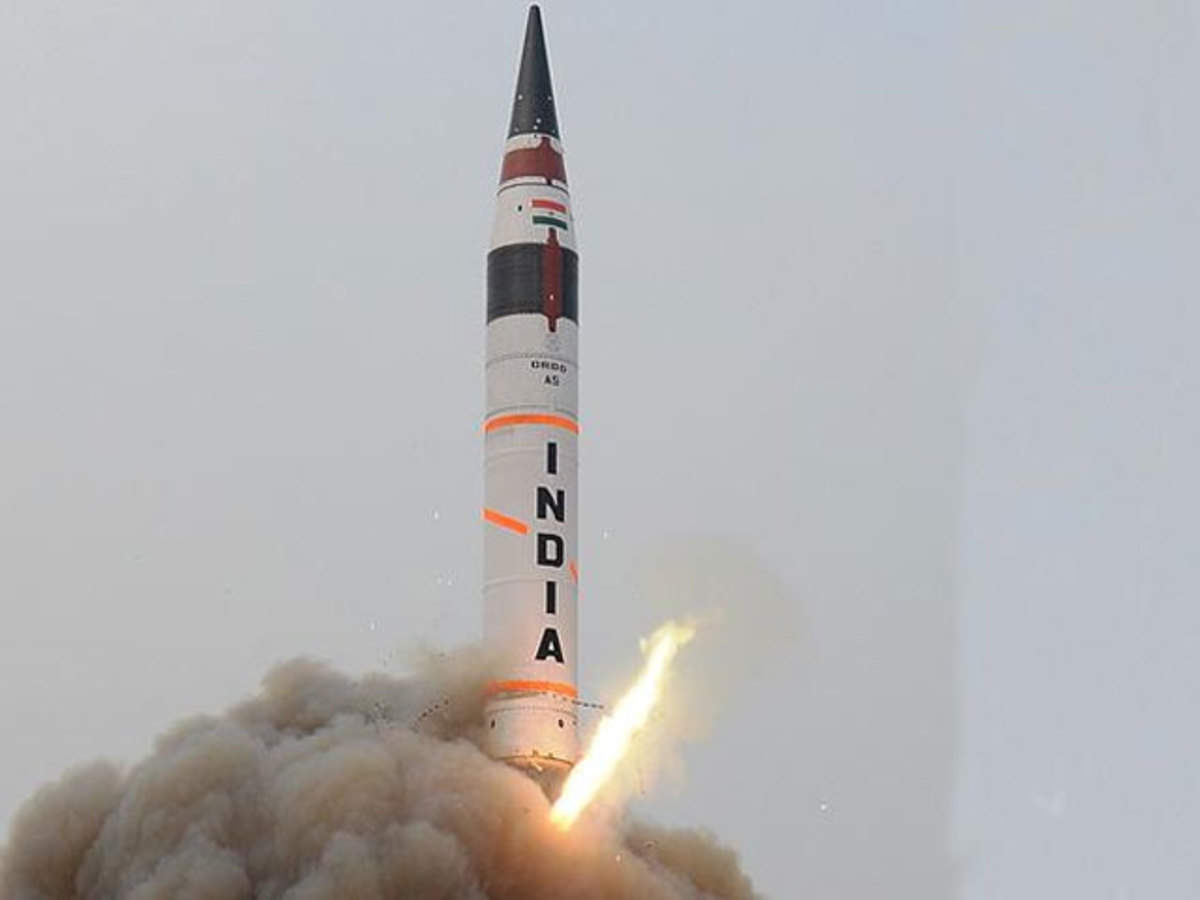
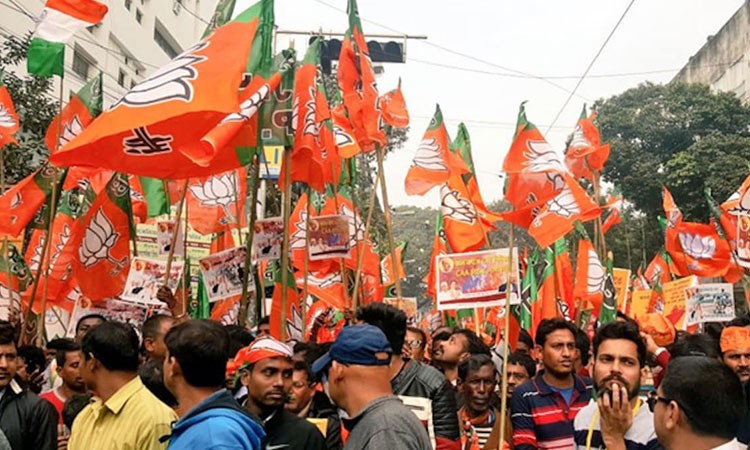
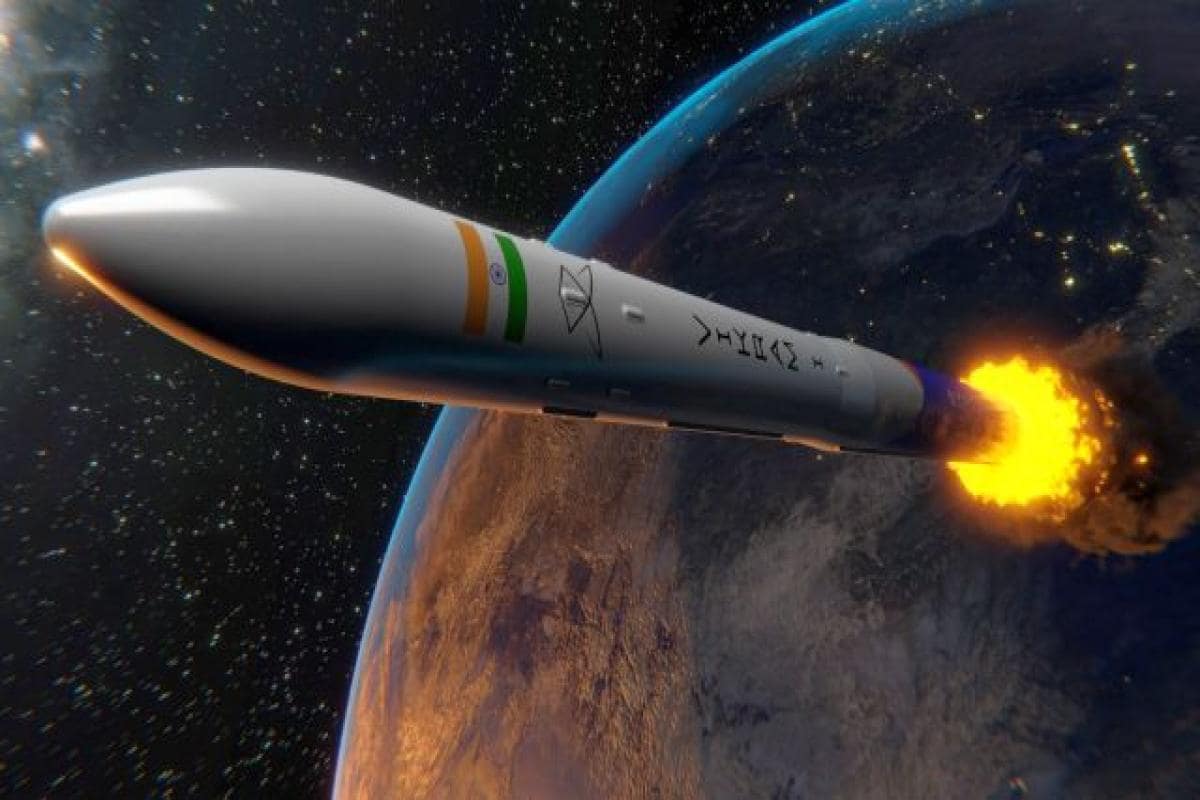
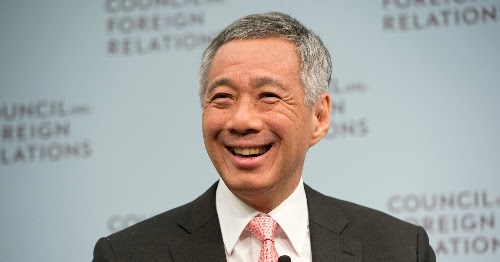

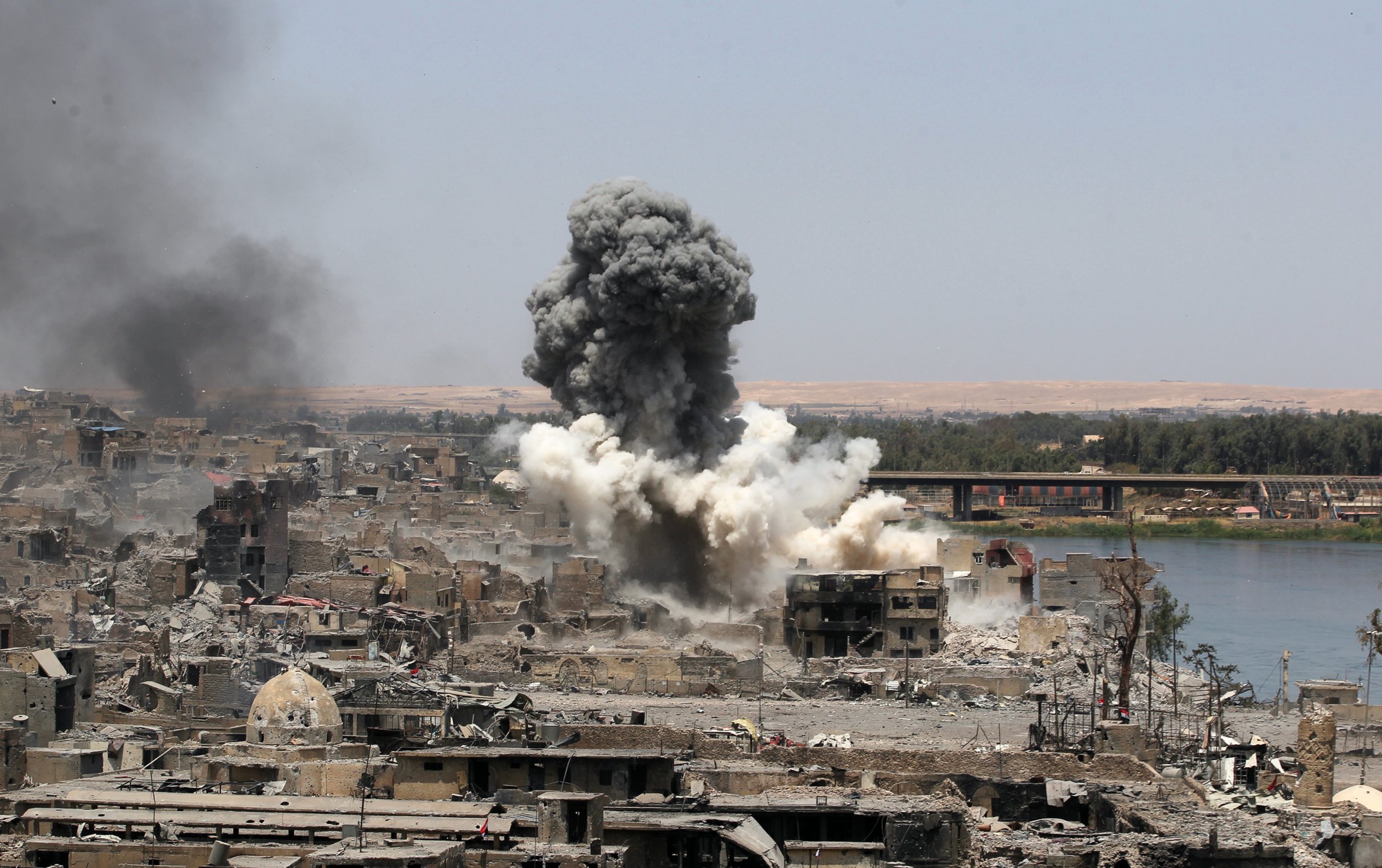
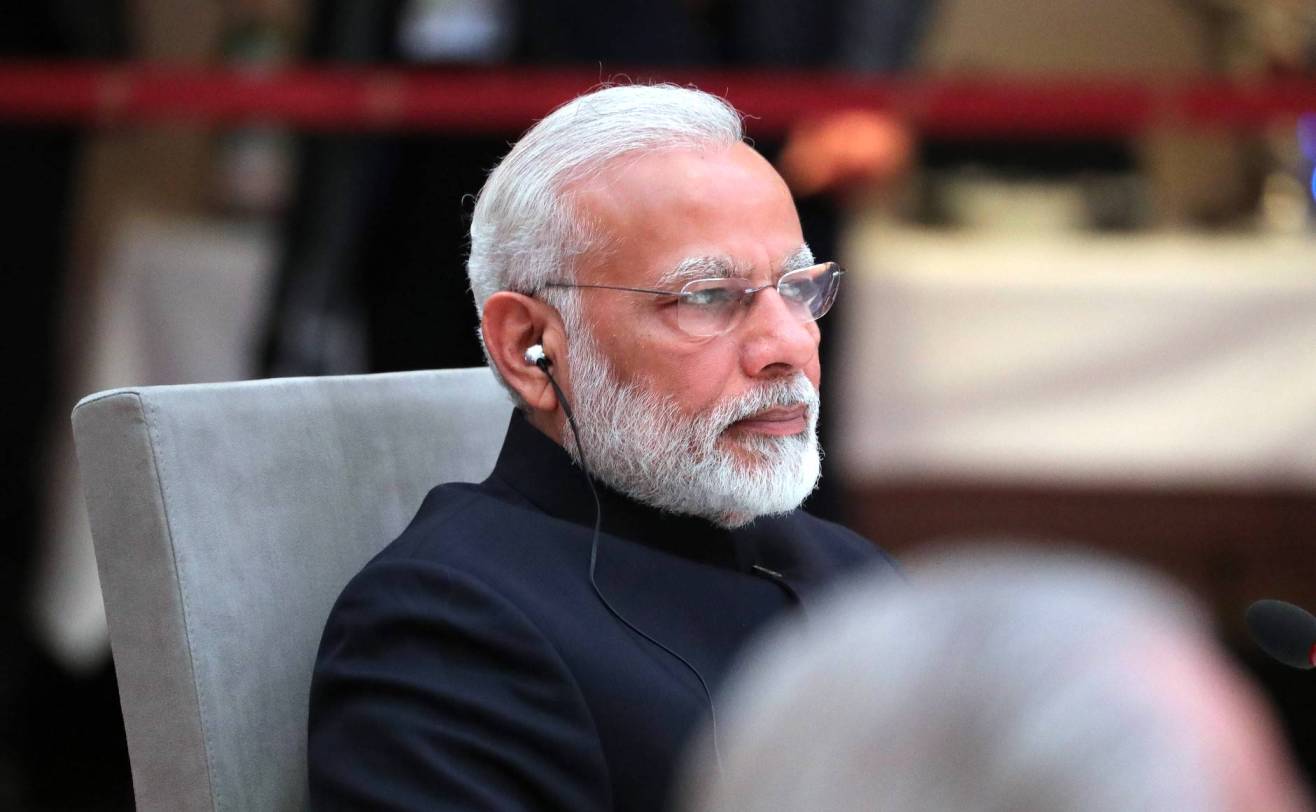
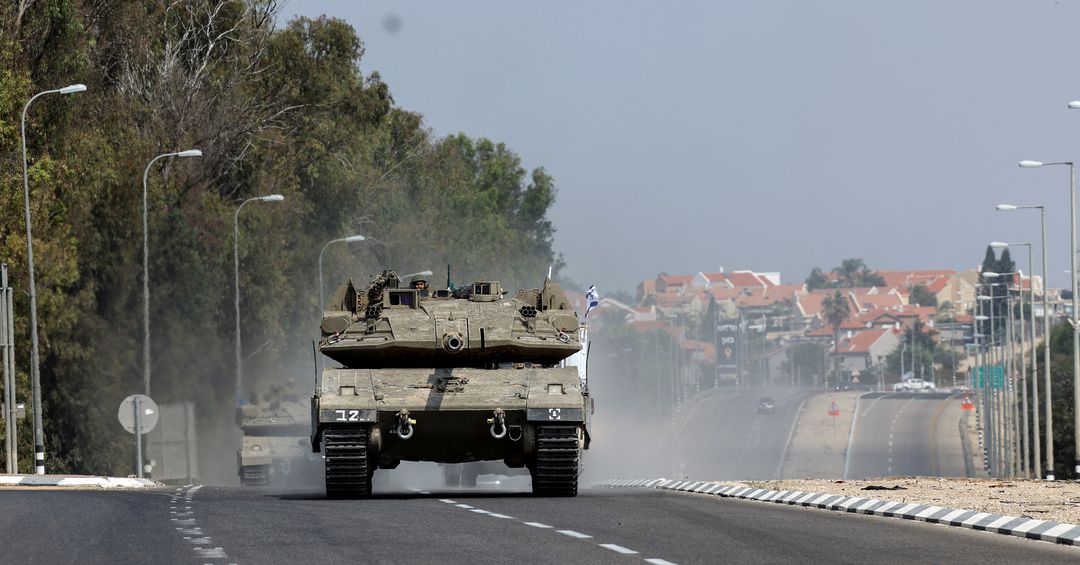







Comments (0)